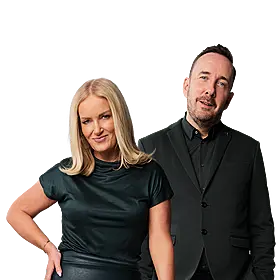On September 30th 2016, the European Space Agency’s historic Rosetta mission ended with the controlled impact of the spacecraft on a comet it had been investigating for more than two years.
Launching in 2004, it took Rosetta 10 years to arrive at that comet which it followed in its journey around the sun, watching its tail grow from being non-existent to spanning a length of many millions of kilometers.
Rosetta was the first spacecraft to orbit a comet and the first to deploy a lander, Philae, on to its surface. The science it produced from its many instruments was unique and has changed the understanding of how comets work and indeed what role they might have played in the formation of life on the Earth.
Laurence O'Rourke was the Rosetta Science Operations Manager at the European Space Agency, and popped into Sean Moncrieff to explain how the project succeeded.
You can tune in toMoncrieff weekdays from 12pm-2pm online, on our apps or on 106-108FM.









